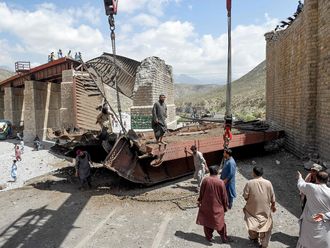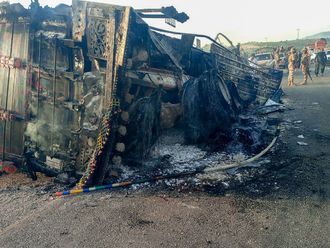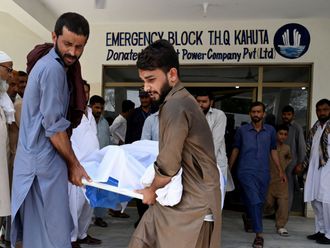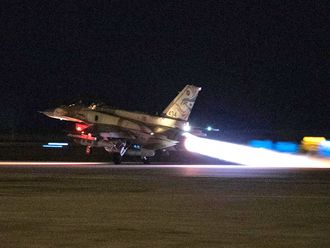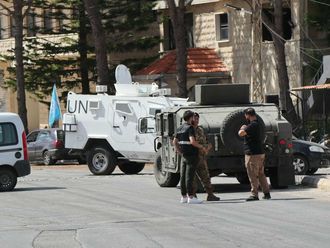Islamabad: A senior Pakistani army official has said a Nato cross-border air attack that killed 24 soldiers was a deliberate, blatant act of aggression, hardening Pakistan's stance on an incident that could hurt efforts to stabilise Afghanistan.
Continuing Pakistan's angry tone, Major General Ishfaq Nadeem, director general of military operations, said Nato forces were alerted they were attacking Pakistani posts but helicopters kept firing. His comments, from a briefing to editors, were carried in local newspapers yesterday that characterised the attack as blatant aggression.
"Detailed information of the posts was already with ISAF [International Security Assistance Force], including map references, and it was impossible that they did not know these to be our posts," The News quoted Nadeem as saying at the briefing held at army headquarters on Tuesday.
Nato helicopters and fighter jets attacked two military border posts in northwest Pakistan on Saturday in the worst incident of its kind since Islamabad allied itself with Washington in 2001 in the war on militancy.
Fury over the attack is growing, with more protests and tough editorials in newspapers.
The helicopters appeared near the post around 15 to 20 minutes past midnight, opened fire, then left about 45 minutes later, Nadeem was quoted as saying. They reappeared at 0115 local time and attacked again for another hour, he said.
Nadeem said that minutes before the first attack a US sergeant on duty at a communications centre in Afghanistan told a Pakistani major that Nato special forces were receiving indirect fire from a location 15km from the posts.
The Pakistanis said they needed time to check and asked for coordinates. Seven minutes later, the sergeant called back and said "your Volcano post has been hit", Nadeem quoted the sergeant as saying.
Nadeem concluded that confirmed Nato knew the locations of the Pakistani posts before attacking, said The News.
The army released a video to the media showing what it said were the Pakistani border posts — rough constructions of large stones, corrugated metal and canvas in isolated positions.


